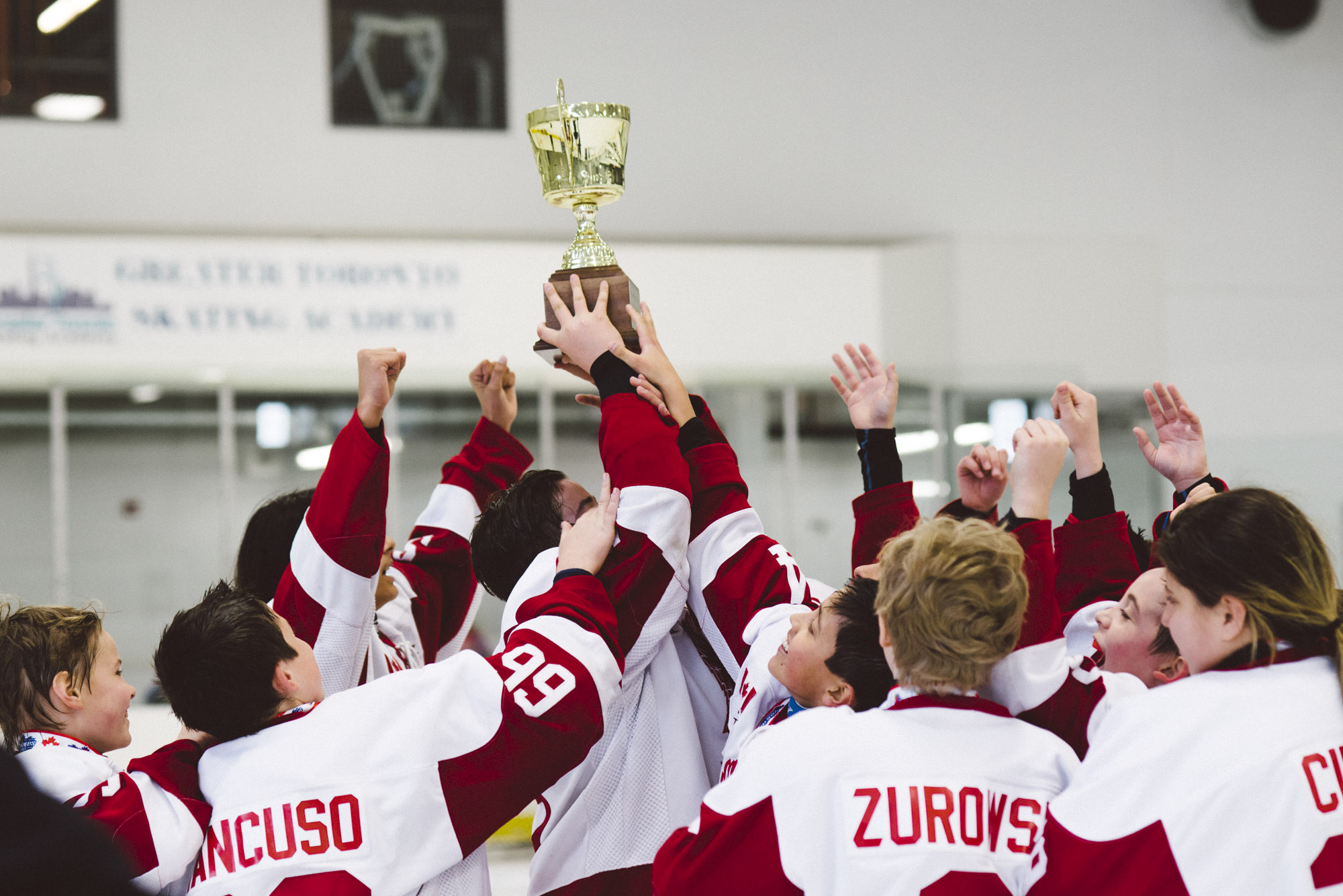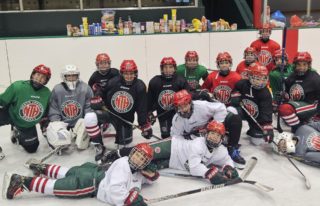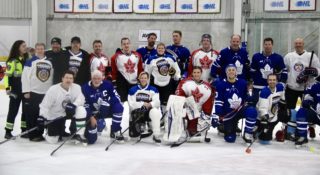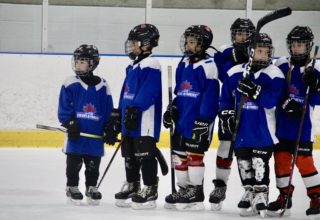The well-known book by Michael Lewis and the adapted movie, Moneyball, profiles the low-budget Oakland A’s in the late 1990s and early 2000s – a team led by manager Billy Beane, who decided to re-think how baseball was played. Considering that he would never have the budget of the big market teams, Beane undertook a systematic investigation of his sport, looking for inefficiencies. Beane hired a young Harvard economics graduate, Paul DePodesta, and asked him to start looking at performance stats in a fresh way – and to break away from the proverbial wisdom of the sport. “The statistics enabled you to find your way past all sorts of sight-based scouting prejudices.” The result was that Oakland, with the second-lowest budget in the majors, achieved one of the best records for years. As Lewis puts it: “Oakland seemed to be playing a different game than everyone else.”
It was the first time that a major league team took seriously the ideas that some obscure baseball followers had been discussing for years. The most famous was Bill James. Although he ultimately became a cult figure, James started writing about baseball in 1977 while employed as a night-watchman at the Stokely-Van Camp pork and beans factory in Kansas. His first self-published book on baseball analysis sold 75 copies. But James kept at it, publishing his analyses annually, and eventually provoked a lot of intelligent people to join the conversation. Bored research scientists at corporations, university economics professors, Wall Street analysts, math wizards and others interested in stats and the study of human behaviour started mailing James with their comments and ideas. However, inside MLB teams, the number of “statheads” was a mere handful, and they had very little influence. Many quit in frustration. The old guard were simply not ready to accept new approaches and ideas that they saw as ridiculous. However, in Oakland, Beane had read all twelve of James’ annual treatises by the time he became manager.
Hockey was just as set in its ways as baseball for a long time. And the renegades were also denigrated. Lloyd Percival was an innovative Canadian sports coach and fitness expert. In 1951, he wrote The Hockey Handbook, which suggested the radical idea that hockey skills could be significantly enhanced by off-ice fitness training. Percival’s proposals were rejected by NHL coaches, one of whom described his book as “the product of a three-year-old mind.” However, in Moscow, Soviet coach Anatoli Tarasov took it to heart, and started his Russian players on a tough fitness regime. The Soviet–Canada hockey series in 1972 followed.
“What will hockey and players look like over the course of the next 15 – 20 years – as today’s GTHL players go through their minor hockey years and beyond?“
But even that wake-up call did not immediately change traditional hockey minds. Roger Neilson was an early pioneer of analytics, video and other tools to gain a greater understanding of hockey performance. But he was somewhat disparagingly referred to as “Captain Video” by hockey traditionalists.
Of course, today, “sabermetricians” are common in baseball; and in hockey, strength and conditioning gurus and advanced stats analysis are a normal part of every NHL team’s program. Off-ice training and some of the analytics have also been adopted by junior and minor hockey teams. As Lou Lamoriello, general manager of the Toronto Maple Leafs (and formerly a high school math teacher) has said: “if you can find a better way of doing something or to get better information to make a decision, you should do it.”
Analytics really achieved mainstream usage when the NHL partnered with SAP to create an enhanced stats package for the 2014-15 season. Hockey people are now very open to new thinking and the possible adoption of new approaches and technologies. Some of the ideas may come from other sports or other fields. It is interesting to note that Under Armour – the GTHL’s new corporate sponsor – recently entered into a joint venture with IBM to develop IBM’s “Watson” cognitive computing technology for coaching, fitness and nutrition.
What will hockey and players look like over the course of the next 15 – 20 years – as today’s GTHL players go through their minor hockey years and beyond? Undoubtedly, new advances will lead to an even faster and more exciting game. Sport may be at the forefront of many new technologies, some of which will have applications in other industries.

Sports and tech publications and industry conferences (such as the Sports Tech Marketplace at the CES 2017) give us a glimpse of what may be coming:
- Wearable sensors providing real-time data are already here, but will get much more sophisticated – possibly using quantum computing in their analytics.
- Skates will be further customized for individual players’ stride and biomechanics.
- adidas is looking at 3D printing of shoes – perhaps as early as next year – and someday skates could follow.
- Sticks may have narrower shafts above the blade, almost like golf clubs, for additional energy loading.
- Helmets will have shields that enhance vision, rather than cause any obstruction.
And some of the developments which are already part of other sports may translate into hockey:
- In basketball, Steph Curry uses goggles in practice with strobes that produce blanks in his visual space, requiring him to react based on partial information.
- LeBron James uses a cryotherapy chamber after a workout to reduce muscle fatigue.
- In the NFL, some quarterbacks use virtual reality headsets to hone their decision-making skills and speed up reaction times.
- In baseball, a smart bat company uses sensors attached to the bottom of bats to analyze players’ swings, which is then visualized on a smart phone.
- In swimming, there is a support system called Swimoid, which is a buddy robot that swims directly under the athlete and presents information on timing and other metrics.
In the future, new technologies, including bio-tech, may impact sports in an even greater way:
- There is speculation that Apple’s new product, AirPods, may one day assist athletes by giving them almost superhuman hearing.
- Sensors built into clothing may alert a player that a competitor is behind them.
- We are already on the cusp of blending genetic analysis with personalized coaching and training techniques.
- Gene splicing or other biological alterations or bionics may be part of enhancing the athletes of tomorrow.
Of course, some of these concepts are controversial. Some technologies may be made against the rules. And how far could things go? Well, a recently published book is entitled The Future of Post-Human Sports!
Now, I don’t think current GTHL players will face off against a robot anytime soon. But the sport they play will certainly evolve – although probably not as fast as the world they will live in. In Thomas L. Friedman’s recent book Thank You for Being Late, he explores the research on human adaptability to scientific and technological innovations. “On average, the rate of technological change is now accelerating so fast that it has risen above the average rate at which most people can absorb change.” Friedman cautions that that is becoming a real societal problem.
But for a young athlete, learning to adapt to change in a sports context can, in some small ways, build coping skills, while at the same time having fun and enjoying the challenges of competition. Furthermore, some experts suggest that sports analytics and technology can be used to broaden the appeal of math, engineering and statistics for youth (MIT Sloan Sports Analytics Conference 2017). Just as sport participation provides good life lessons in terms of teamwork, dedication and perseverance, it may also assist one’s ability to adapt to future ideas and technologies that we can’t anticipate today.
At the end of the last Back to the Future movie, Marty McFly asks Doc Brown (who had been stuck in the past but now has reappeared in the present) if he is going on toward the future. Doc replies: “already been there.” But Doc’s last words, just before the locomotive flies across the sky ending the movie trilogy, are: “nobody knows their future, so you must make it into a good one.” In other words, embrace change and write your own story.
We can’t know how sport may evolve over the next 20 years, but we can enjoy the ride – and perhaps realize some intangible benefits along the way.







